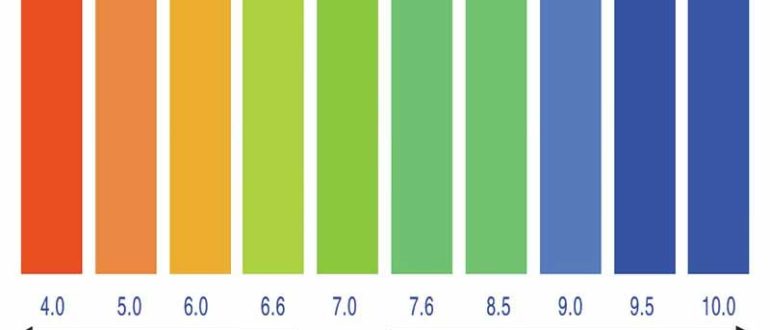The quality of water running through pipes is a critical factor affecting the longevity and reliability of plumbing systems. One key aspect of water quality that often goes overlooked is its pH level. The pH of water plays a significant role in determining the condition of pipes, their susceptibility to corrosion, and the effectiveness of water treatment methods. In this comprehensive overview, we delve into how water pH affects pipes, the signs of pipe degradation, and strategies for detection, location, and repair of plumbing issues.
How Water pH Affects Pipes
Water pH measures the acidity or alkalinity on a scale from 0 to 14, with 7 being neutral. Water with a pH lower than 7 is considered acidic, while a pH higher than 7 is alkaline. The pH of water can have a profound impact on pipes, especially those made of metal. Acidic water tends to corrode metal pipes, leading to leaks, reduced water quality, and a shorter lifespan for the plumbing system. On the other hand, alkaline water can cause mineral deposits to build up inside pipes, potentially leading to blockages and reduced water flow.
Signs of Pipe Corrosion and Damage
Identifying the early signs of pipe corrosion and damage is crucial to maintaining the integrity of your plumbing system. One common indicator of potential problems is the presence of rusty water. Rust particles in your water supply can signal that the interior of your pipes is corroding. Additionally, unusual noises, such as banging or whistling within the pipes, or a noticeable decrease in water pressure, might indicate corrosion or the buildup of deposits. Knowing how to recognize these signs can help prevent more severe issues down the line.
Water Leak Detection and Pipe Burst Indicators
Water leaks can lead to significant damage if not addressed promptly. Early detection is key to minimizing the impact on your property. One of the most direct indicators of a pipe burst is an unexpected spike in your water bill, which suggests a substantial amount of water is being lost. Water stains on walls, ceilings, or floors, as well as the sound of running water when all taps are turned off, are also common signs of leaks. Employing water leak detection techniques can save homeowners from costly repairs and water damage restoration efforts.
Locating Water Pipes and Leak Sources
Effectively locating water pipes and identifying the sources of leaks are essential steps in managing and maintaining plumbing systems. Modern technology, such as acoustic sensors and infrared cameras, has made it easier for professionals to pinpoint the exact location of leaks without invasive methods. These tools detect the sound of water escaping from pipes or the temperature differences caused by the presence of moisture, respectively. Understanding water pipe location techniques can significantly streamline the repair process.
Repair Strategies for Damaged Pipes
When it comes to repairing damaged pipes, there are several approaches to consider, depending on the extent of the damage and the type of pipes involved. For minor leaks, patch kits or clamps can provide a temporary fix. However, more severe damage often requires the replacement of affected pipe sections. In cases of widespread corrosion or damage, repiping the affected area or the entire system might be necessary. Employing the right pipe repair way is crucial to restoring the functionality of your plumbing system efficiently.
The pH level of water is a critical factor affecting the health of plumbing systems. Acidic or alkaline water can lead to pipe corrosion, leaks, and blockages, impacting the overall integrity and efficiency of water distribution within a property. Recognizing the signs of pipe damage, employing effective leak detection methods, understanding water pipe location techniques, and implementing appropriate repair strategies are essential for maintaining a robust plumbing system. Homeowners and property managers must be vigilant about water quality and the condition of their pipes to prevent costly repairs and ensure the longevity of their plumbing infrastructure.

